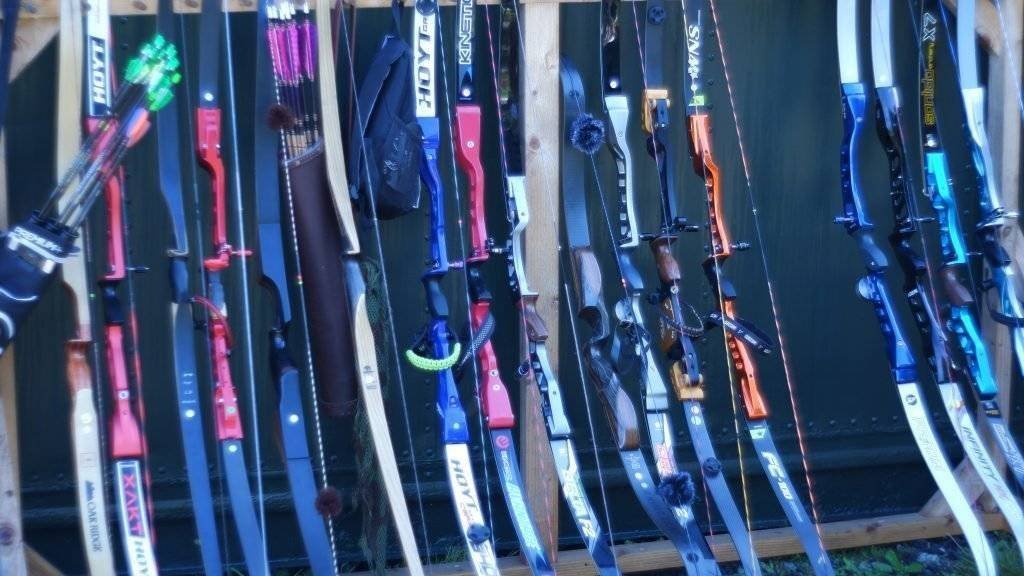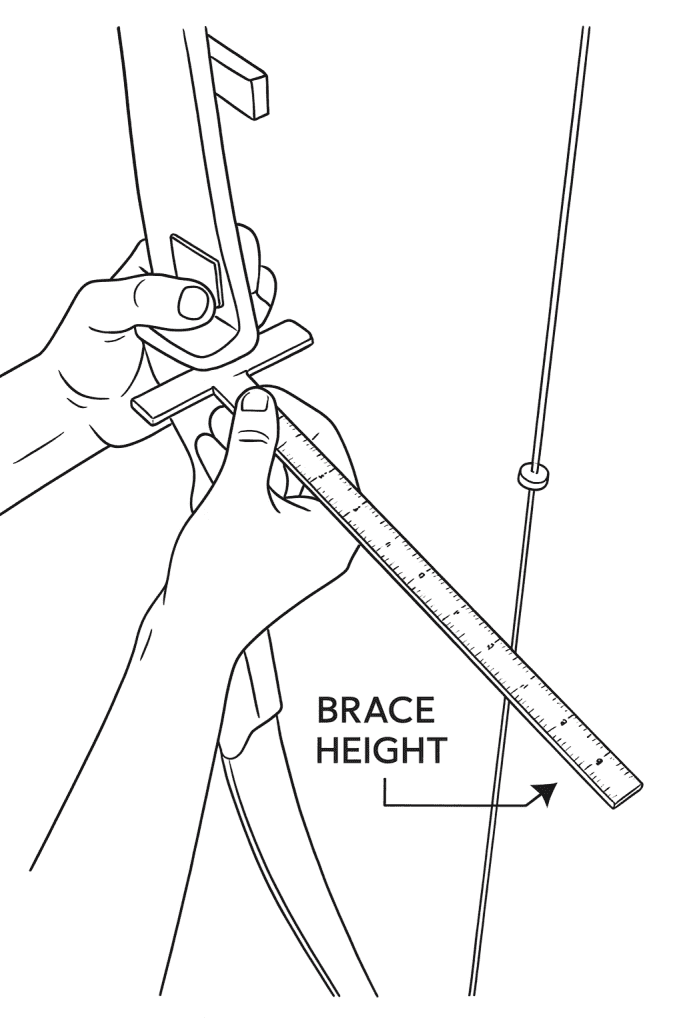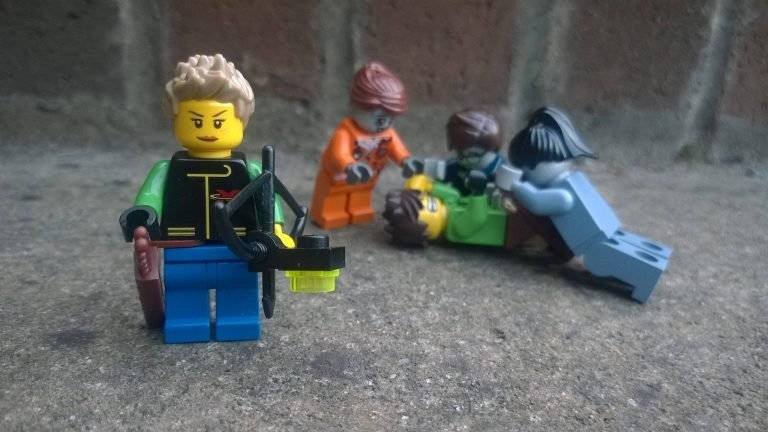
I came up with the idea to write this article after reading a message on the club’s chat—one of the fellow archers was curious about horse bows and asked for advice. I liked the brief exchange between him and one of our instructors, and their conversation nudged me to write this guide.
Think of the club bow as the spare coat you borrow when the rain starts—handy, heartless, grand for a first go at a straw boss bright with honeyed light. The bow you buy carries your name. It settles into your palms, nudges your shoulders into their new set, and writes your scores for months ahead. Chosen well, it behaves like a second reach: draw, anchor, breathe, loose—one clean cycle teaching your muscles the same quiet lesson each time. Chosen badly, it turns stubborn, drags you into shortcuts, invites sore joints, and stalls the whole business until patience thins.
A good first bow makes the rulebook read like a map. Your stance, your draw weight, your brace height—each detail finds its place, and skill sets roots in solid form. The wrong bow turns those same rules into bars, and you start learning compensations you’ll only spend weeks scraping off later. So the first purchase—wood, fibre, steel—speaks less about gear and more about who you plan to be on the line.
What follows gives you simple steps, safe draw weights, and the main bow styles laid out without fuss. Aim for ease in the hand, confidence in the chest, and that small, private gladness when an arrow leaves clean and thuds true.
Divisions and Age Groups
When you enter a shoot, you register for a bow style and a division defined by age and gender. The Irish Field Archery Federation (IFAF) follows the International Field Archery Association (IFAA) framework, which runs from Cub (under 13) and Junior (13–16) through Young Adult (17–20), Adult (21–54), Veteran (55–64), and Senior (65+). Ireland also offers a domestic Beaver category for very young children, an on-ramp for club shooting that sits outside official Records and Gains, using short pegs set by the course layers. Every shoot notice will confirm eligibility rules, and you should always be prepared to provide proof of age when registering for a competition.
Bow Styles on Irish Field Courses
The styles seen on Irish courses branch into two great streams: one follows traditional lines, the other embraces modern engineering. The traditional path calls to the archer seeking a direct connection between hand, eye, and arrow. A Longbow (LB) archer accepts the discipline of a classic D-profile limb, shooting wooden arrows with natural feathers from the fingers. The Traditional Recurve (TR) archer uses a bow with a wooden riser and wood-core limbs, shooting from the hand or a simple shelf; the rules demand a clean riser, free of sights, stabilisers, or draw-checks, though shafts may be wood, carbon, or aluminium, so long as they wear natural fletchings. In the Historical Bow (HB) class, designs grounded in specific martial traditions, like the horsebow, find their place, paired with wooden arrows and allowing a thumb ring where history supports its use.
Modern styles offer clear technical limits and pathways for development. Barebow Recurve (BBR) and Barebow Compound (BBC) both rely on an aiming system like stringwalking or facewalking, using an unadorned bow, although certain stabilisers are permitted within specific dimensional rules. This is a widely taught and coach-friendly discipline with a broad skill ceiling. The Freestyle Limited classes for Recurve (FSR) and Compound (FSC) introduce a sight but require a finger release. The Freestyle Unlimited (FU) category opens the door to full target-style capability under IFAA rules, including mechanical release aids for compound bows. The various Bowhunter categories (BHR, BHC, BL, BU) describe specific equipment rules for target archery competitions in Ireland; Irish law prohibits hunting live animals with a bow and arrow, so these labels govern accessory limits for target courses only.
Draw Weight: Safety First, Form First
Your chosen draw weight determines comfort, the quality of your form, and your risk of injury. Higher poundage puts a heavy load on the shoulders, elbows, and fingers, especially during the first few months of practice. You should choose a weight you can raise smoothly, hold at your anchor for eight to ten seconds without trembling, and repeat for a full end of arrows without your form collapsing. A practical test involves shooting thirty arrows at an easy distance; if you can maintain clean alignment and steady breathing across the entire set, you have found a sound starting weight. Strength grows with time, and increases in poundage should happen in small, manageable steps. The best practice is always to consult a club coach for an in-person assessment of your posture, draw length, and physical conditioning to agree on a sensible progression plan.
Arrows and Accessories
Your arrows and accessories must match your chosen competition style. The longbowman’s discipline requires wood shafts fletched with natural feathers. An archer in Traditional Recurve also uses natural feathers but may mount them on shafts of wood, carbon, or aluminium. The Historical Bow class likewise calls for wooden shafts and natural feathers, keeping the entire setup grounded in its tradition. For the modern classes—Barebow, Freestyle, and Bowhunter—archers typically use carbon or aluminium-carbon shafts tuned precisely to their setup. All archers require basic protection like a tab or glove, a quiver, and an armguard. Sights, stabilisers, and mechanical release aids are welcome only in the styles that permit them, so a final check of the IFAA style sheet before you make a purchase saves both time and money.
Eight Steps to Your First Bow
The path to a first bow follows a clear sequence of decisions, each building on the last. It begins with a declaration of intent: choosing a competition style, whether Longbow, Traditional Recurve, Barebow, or Freestyle, which sets the boundaries for all equipment that follows. With that choice made, a club coach helps establish the physical foundation by measuring your true draw length, a measurement taken with settled posture and a consistent anchor point. This number governs the next choice, an opening draw weight light enough to hold steady for ten seconds and repeat for thirty arrows without strain, allowing strength to grow through practice. From there, bow length and limb selection fall into place, matched to your draw to ensure a smooth pull and a comfortable string angle at the face. Arrows are then spined and fletched to suit the bow, the draw weight, and the rules of the chosen style—wood and feather for the longbowman, modern shafts for the freestyle archer. Only then come the accessories permitted by the rulebook: a tab or glove, a quiver, and armguard for all, with sights, stabilisers, or release aids appearing only where the style sheet explicitly allows them. The final proof comes on the range, shooting under a coach’s eye to confirm the setup feels right, before you begin the work of logging settings and scores, pursuing IFAF classifications and Gains as your groups begin to tighten.
Classification and Gains
IFAF uses scores from specific IFAA rounds to track an archer’s progress through classification and awards. The scores shot on standard Field, Hunter, and Bowhunter rounds provide the benchmarks for the system. When you shoot two qualifying scores within a certain range for your style and division, you earn a Gain pin—Bronze, Silver, or Gold. The Hotshot and Star awards recognise even higher levels of performance measured against current records. The official IFAF site publishes the score thresholds and guidance for every bow style, giving each archer a clear target to aim for. A measured setup and consistent practice create an enjoyable path into Irish field shoots and a steady climb through the ranks.
This article is part of our free content space, where everyone can find something worth reading. If it resonates with you and you’d like to support us, please consider purchasing an online membership.



